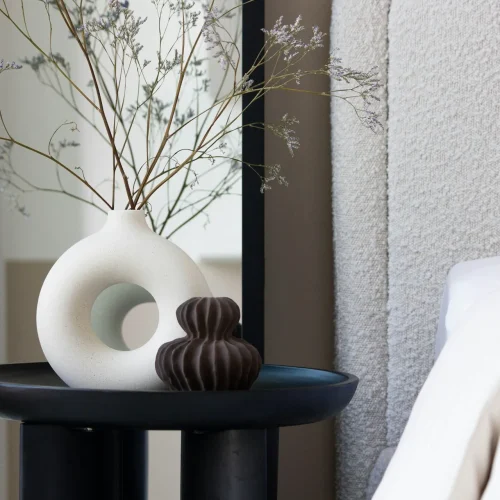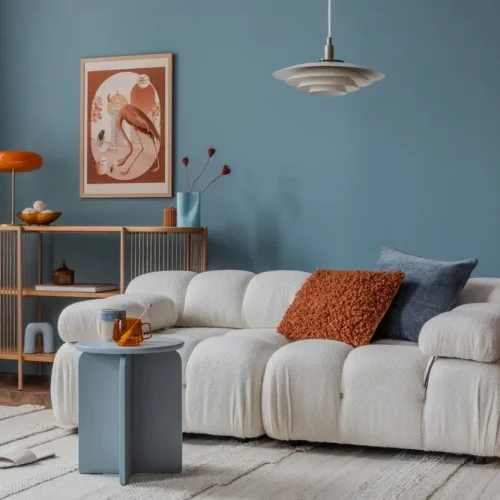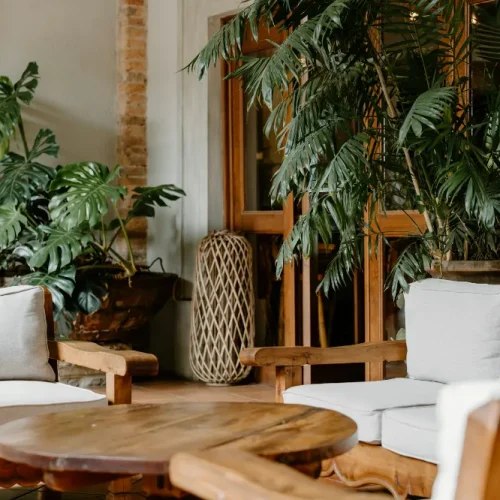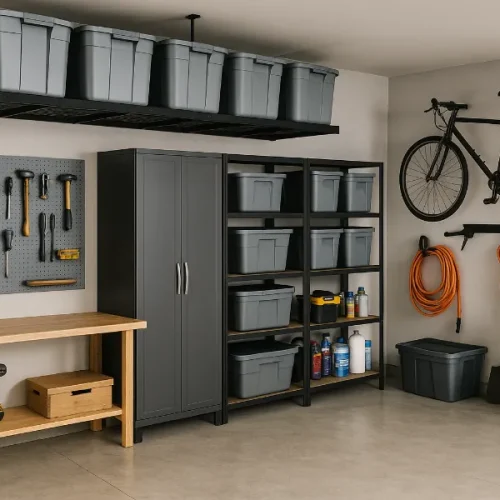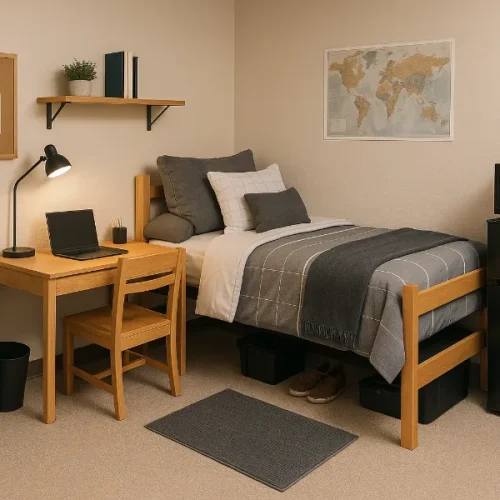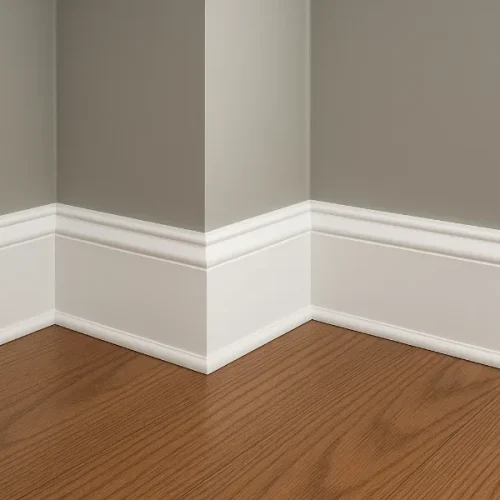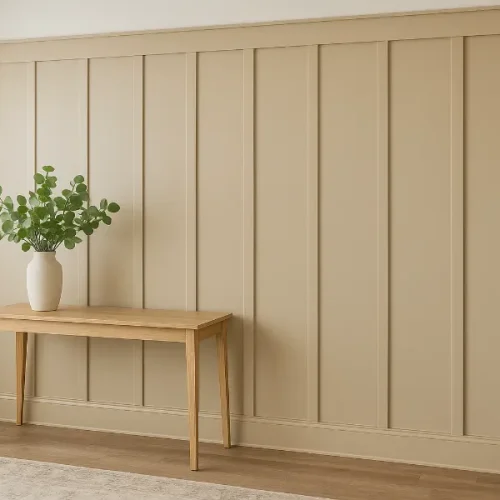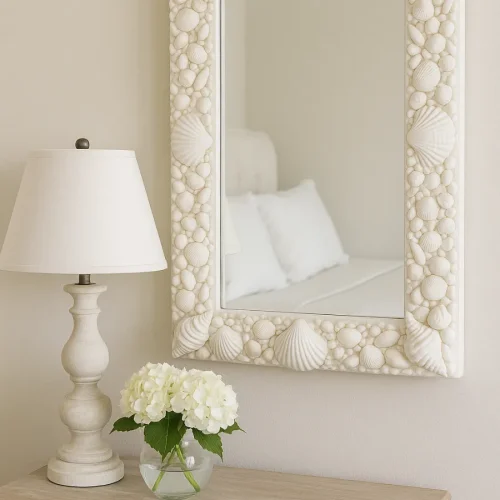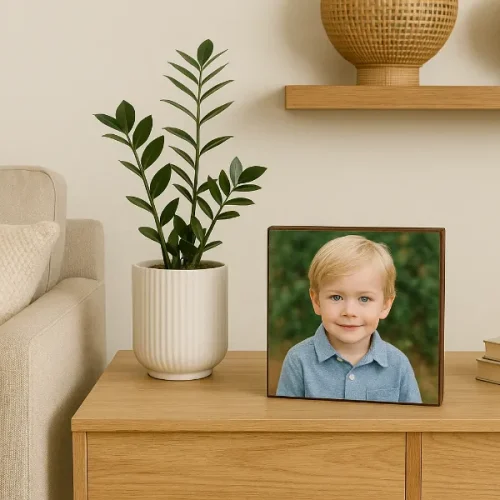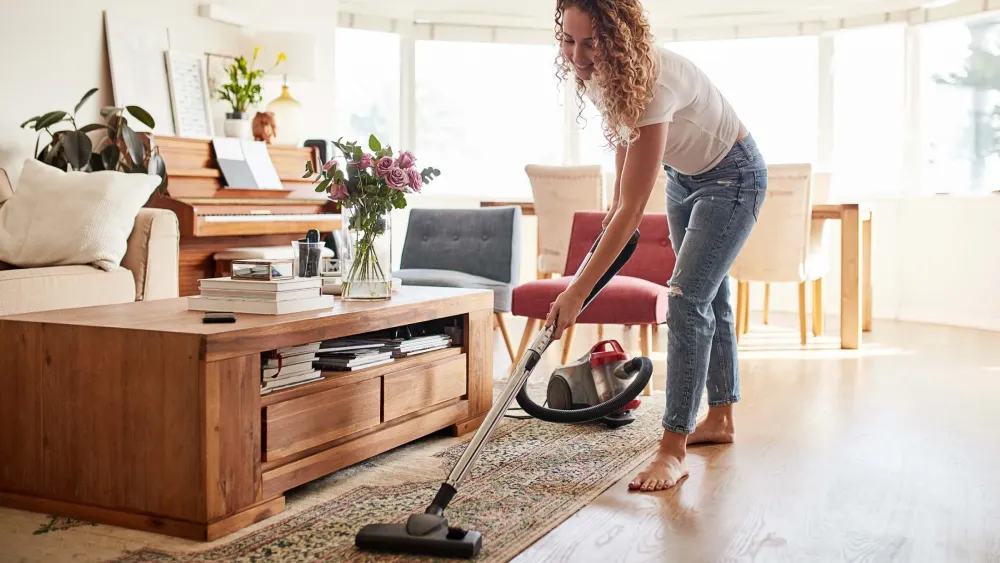
The age of consumerism is rapidly expanding. Nowadays, we can buy anything from all across the world with just a touch of our fingers, while sitting in the comfort of our own homes. As great as it may sound, this widely accepted convenience has actually turned our homes into silent witnesses of the clutter we accumulate everyday! The clutter could be anything and everything from our latest gadgets, fancy clothes, to the tools we hardly use, and the countless other essentials that barely see the light of day. While a disorganized home or living space is rather seen as a disadvantage to aesthetics or even a matter of inconvenience, it’s actually much more than that. The impact of dis-organization runs much deeper, it not only affects our everyday lives but also influences our environmental footprint.
How we organize, store and maintain our belongings significantly influences the transition from clutter to conscious living. It becomes more than household organization and tidiness; it becomes an act of sustainability!
How Clutter Affects Environmental Sustainability?
From unused gadgets to clothes, every disorganized clutter in our homes is not just a personal inconvenience. It moreover represents resources that are extracted from our planet:
- Raw materials,
- Energy for production
- Packaging, and
- Transportation
The dis-organization of everyday items often lead to misplacement, forgetting of items, or even damage due to the lack of organization. These items are often replaced prematurely, feeding to a continuous cycle of waste and repurchasing.
Still not sure how dis-organization can affect environmental sustainability?
- Your everyday electronics or gadgets, if left unprotected could lead to damage, contributing significantly to e-waste; which is currently one of the fastest-growing waste streams internationally.
- Cluttered food items left hidden in overstuffed pantries can obviously lead to spoilage if left unseen for weeks. This contributes to wasting both money and resources that are used to grow, transport, and package these food items.
- The clothes that often remain neglected in disorganized closets usually end up thrown out and discarded, feeding yet another fast growing global waste stream; the fast-fashion waste crisis.
These are just a few examples, there are clearly several other instances where our dis-organization affects the planet. Therefore, we can confidently say without a doubt that clutter enhances consumption, and consumption, when unchecked, depletes the environment’s sustainability.
Transition To Conscious Living Through Organized Spaces
By eliminating clutter and dis-organization from our everyday lives, we can adopt daily habits that align with values of conscious living. Values such as organization, mindfulness, responsibility, and sustainability. This in turn positively affects the environment sustainability, because everything starts from our household and it plays a pivotal role here because it helps us to be intentional with what we own and how we use it.
- Visibility Creates Accountability
If you already know that you own something, it eliminates the need for buying the same item again. For example, knowing that you already have four sets of screwdrivers in your organized toolbox discourages you from picking up another for “just in case.”
When cupboards, toolboxes, garages, drawers are properly organized, we are more capable of seeing exactly what we have. This significantly discourages impulsive purchases and prevents repetitive buying. - Accessibility Reduces Waste
An organized storage does not just mean that the items are much easier to find and retrieve. It could also keep your expensive tools safe, delicate fabrics clean, or could even help your kitchen ingredients or food to last longer when stored in proper conditions that protect them from moisture or dust. - Minimalism Meets Functionality
Conscious living not only improves environmental sustainability but also enhances everyday functionality and affordability. Therefore it does not necessarily mean owning less, but rather owning what serves a purpose. For example, would you have four same tools in your toolbox or just one that is relevant to your application or job? When you come across an organized system it subconsciously encourages us to evaluate and understand what we truly require, leading to a mindful decluttered home.
Choosing The Right Sustainable Organizing Solutions
Of course organizing solutions are essential for our everyday lives, but not all of them are created alike. Several common storage products that we conveniently use on a day-to-day basis are often made from plastics or harmful synthetic materials that release toxic chemicals or degrade quickly. It not only contributes to landfill waste and environment unsustainability but most importantly degrades our health as well. Therefore, a conscious approach to decluttering your homes means choosing eco-friendly, durable, and safe materials.
Make Use of Natural Materials
This is probably one of the easiest ways to make your home and living areas more sustainable! Replace plastics and other products which are infused with chemicals with natural, renewable materials. For example bamboo or wood (sourced responsibly from FSC-certified forests) are great additions and can be easily crafted into organizers such as cupboards, drawers or even baskets.
Bamboos grow incredibly fast and require minimal water and pesticides, whereas wood sourced responsibly from FSC-certified forests, offers both durability and an incredible timeless appeal.
Recycled Products
Recycling is not a new term for us, most of us have already recycled cans and bottles; but there is more to know about recycling. We can eliminate the demand for virgin resources to an extent by using metals diverted waste or recycled plastic that are used to make home organizers such as containers, storage bins, and baskets.
Therefore, when it comes to organizing your home, living space or even workplace, always opt for recycled cardboard or paper-based organizers; these solutions are lightweight, biodegradable, and perfect for non-heavy-duty storage.
Consider Non-Toxic Options
Several conventional storage solutions that are found in our homes, usually rely on chemical treatments, dyes, or even produce harmful volatile organic compounds (VOCs). These substances are detrimental not just to the environment, but will also significantly impact indoor living conditions as well as damage sensitive items that you store in them.
Which is why it is always recommended to consider non-toxic storage solutions such as adhesive-free bins and water-based finishes to eliminate this risk.
Custom-Fit Protection for Expensive Items
We know for sure that not all of our belongings can be organized and stored in generic boxes or recycled bins. There are still high-value items like cameras, lenses, or electronics and power tools or even everyday tools that require custom-fit protection to ensure they remain intact and safe. This is where toolbox foam inserts and foam organizers become essential for you.
These custom foam inserts can be used for any application whether it is to organize your tool box, declutter your drawer, to provide a better visual tool management and much more. Most importantly, these custom foam inserts are made from safe, highly durable, and non-toxic materials, and not only provides protection for your items but also keeps your expensive items well organized.
Household Organization: The Bigger Picture
When we take a step back, it’s evident that the transition from clutter to conscious living is more than just an aesthetic statement in our homes; it’s an environmental obligation for all of us and a guide to sustainable living. By adopting organisation over clutter, we may lessen our influence on the environment, conserve resources, reduce waste, and above all protect our own and our family’s health.
A well-run, thoughtful home turns our lives into ecosystems of responsibility and efficiency, demonstrating that sustainable living starts with the decisions we make within our own walls. A better home and a healthier planet are the results of every drawer being organised, every item being safeguarded, and every eco-friendly organiser selected.


